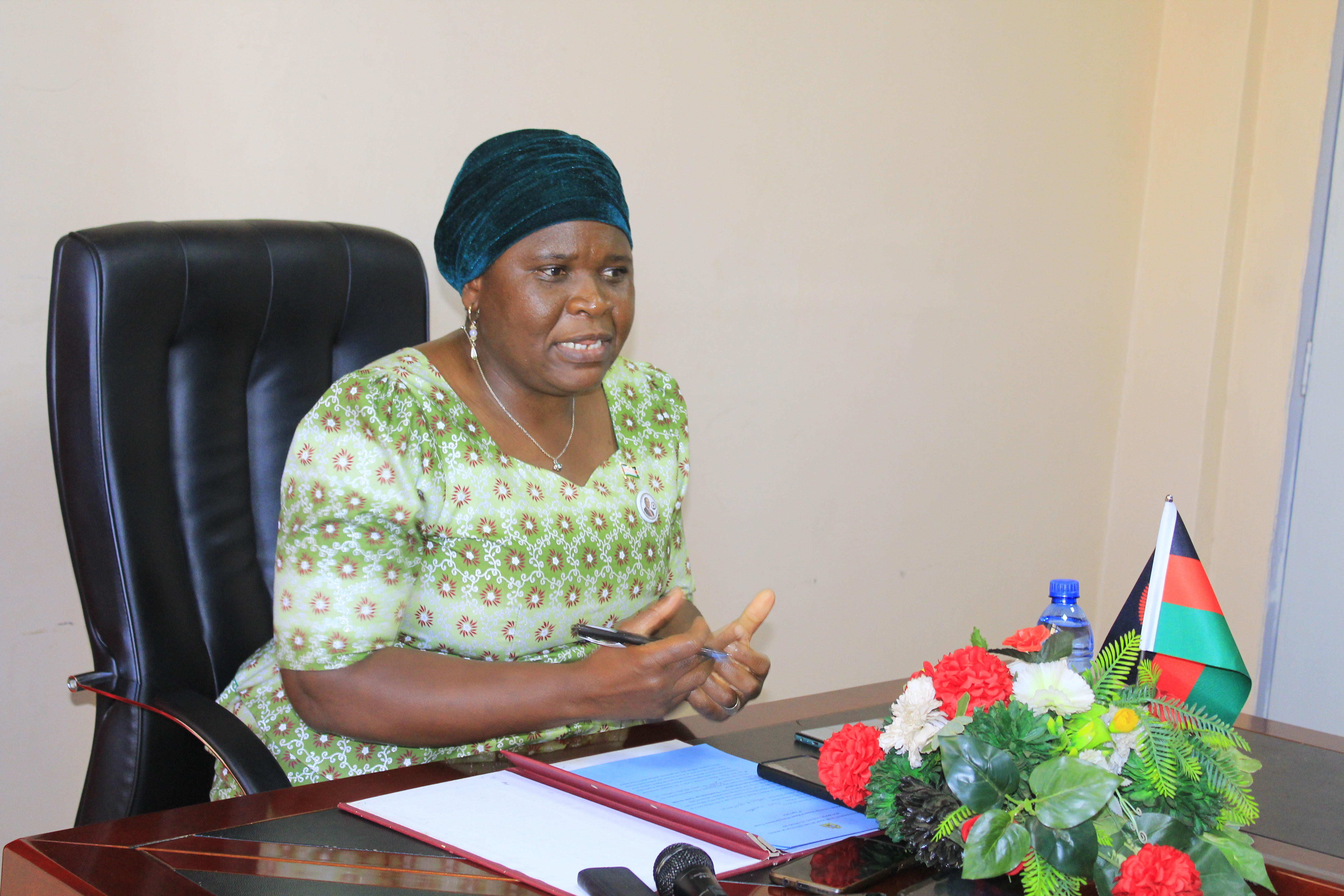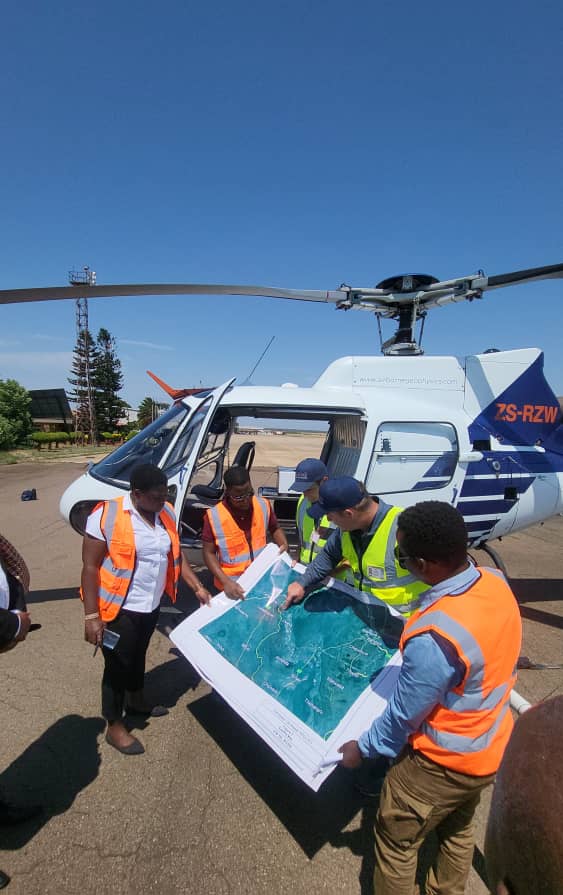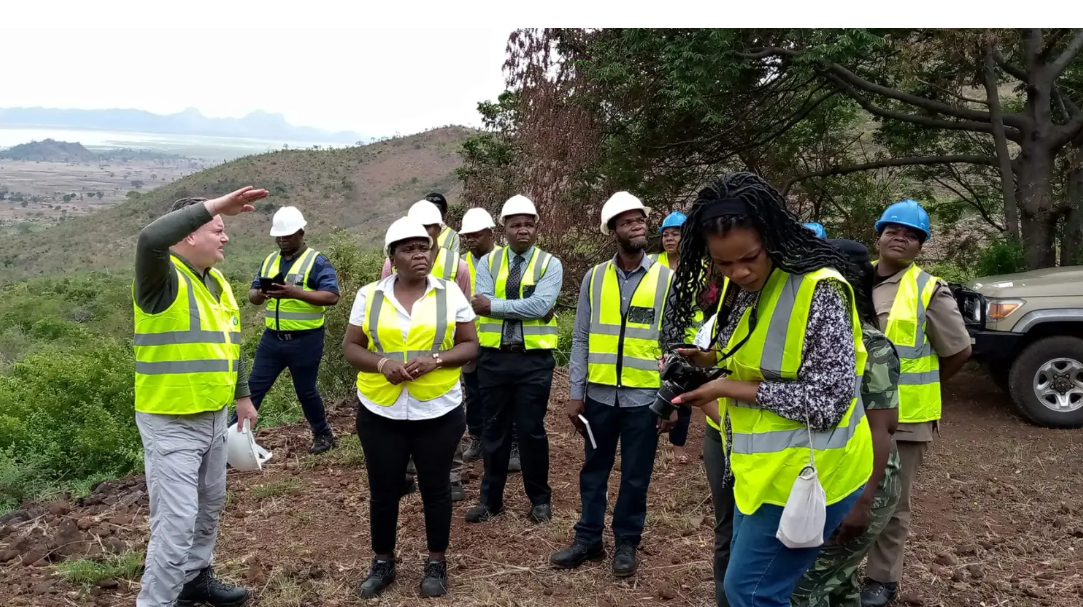The Ministry of Mining has said it is set to hold the first-ever edition of the Malawi Mining Investment Forum (MMIF) from the 23rd to the 24th at the Bingu International Conventional Centre (BICC) in Lilongwe.
The forum will be held under the theme “Transforming the Nation through Sustainable Mineral Extraction".
Speaking to the press on Friday, Minister of Mining Monica Chang’anamuno said the two-day Forum which is expected to attract over 300 participants drawn from around the globe, is part of the ATM promotional week, which President Dr Lazarus McCarthy Chakwera announced a few weeks ago.
Chang’anamuno said Malawi is endowed with various mineral resources, including rare earth elements (REEs), graphite, uranium, gold, and gemstones, among others and that the forum will be a good platform to provide information that investors need so that they know what we have in Malawi.
“This is going to benefit the country a lot because it will unearth the potential that is there in the country so that a lot of investors can come and invest in our country.
“At the same time not just to invest in exploration and mining but there are also other projects that are already existing and there are investors that would want to be part of these projects,” she said.
The Minister further said the government intends to grow the mining sector to contribute to at least 20% of the Gross Domestic Product (GDP). Chang'anamuno called upon development partners, companies, individuals and other stakeholders in the mining sector to participate in the upcoming forum, which is an opportunity for exploring potential partnerships and investments.
“There is going to be a lot of networking that is going to take place during this time therefore it is very important for even other service providers not just those who are doing mining activities but they have other services that they can provide to those that are doing mining. This is their opportunity to come and attend this forum to see where they can provide their services,” the Minister said.







